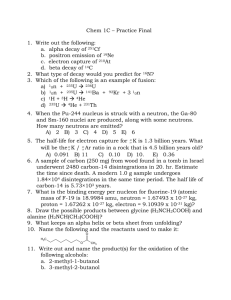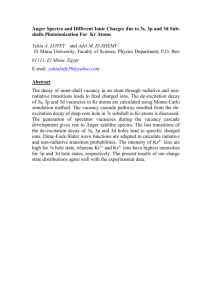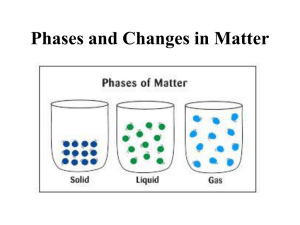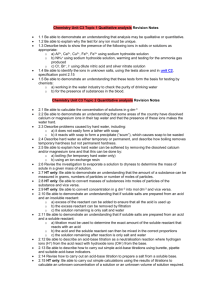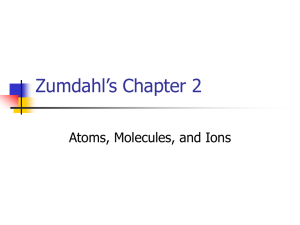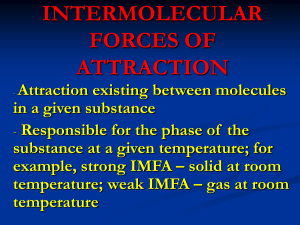Extended Answer Questions – Marking Scheme
advertisement
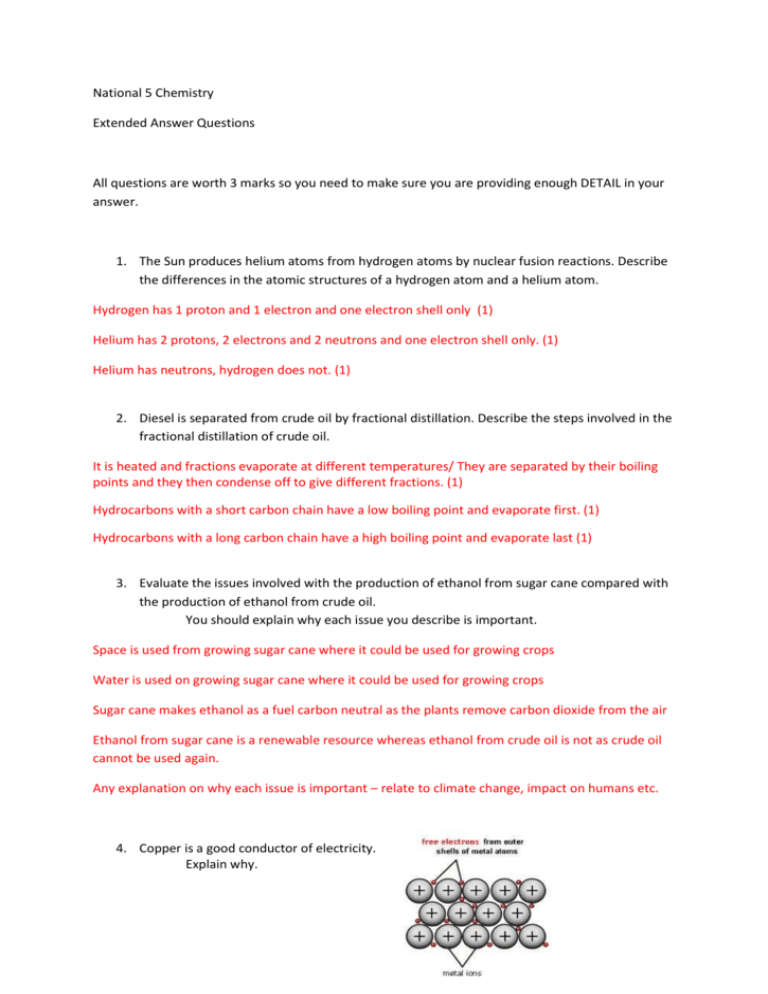
National 5 Chemistry Extended Answer Questions All questions are worth 3 marks so you need to make sure you are providing enough DETAIL in your answer. 1. The Sun produces helium atoms from hydrogen atoms by nuclear fusion reactions. Describe the differences in the atomic structures of a hydrogen atom and a helium atom. Hydrogen has 1 proton and 1 electron and one electron shell only (1) Helium has 2 protons, 2 electrons and 2 neutrons and one electron shell only. (1) Helium has neutrons, hydrogen does not. (1) 2. Diesel is separated from crude oil by fractional distillation. Describe the steps involved in the fractional distillation of crude oil. It is heated and fractions evaporate at different temperatures/ They are separated by their boiling points and they then condense off to give different fractions. (1) Hydrocarbons with a short carbon chain have a low boiling point and evaporate first. (1) Hydrocarbons with a long carbon chain have a high boiling point and evaporate last (1) 3. Evaluate the issues involved with the production of ethanol from sugar cane compared with the production of ethanol from crude oil. You should explain why each issue you describe is important. Space is used from growing sugar cane where it could be used for growing crops Water is used on growing sugar cane where it could be used for growing crops Sugar cane makes ethanol as a fuel carbon neutral as the plants remove carbon dioxide from the air Ethanol from sugar cane is a renewable resource whereas ethanol from crude oil is not as crude oil cannot be used again. Any explanation on why each issue is important – relate to climate change, impact on humans etc. 4. Copper is a good conductor of electricity. Explain why. Copper has metallic bonding (1). Metallic bonds consist of positively charged ions and delocalised electrons. (1) In order to carry electricity a substance must have delocalised charged particles (1) 5. Sodium iodide contains sodium ions (Na+) and iodide ions (I–). Describe, as fully as you can, what happens when sodium atoms react with iodine atoms to produce sodium iodide. You may use a diagram in your answer. Sodium atoms lose one electrons to produce sodium ions Na+. (1) Iodine atoms gain one electron to produce iodide ions I-. (1) The electrostatic attraction between the positive ions and the negative ions creates an ionic bond.(1) 6. Carbon dioxide has a very low boiling point. Explain why. It has covalent molecular bonding (1) It has weak intermolecular forces between the molecules (1) These forces are easy to break so the boiling point is low (and carbon dioxde is a gas at RT.) 7. Graphite is softer than diamond. Explain why. Graphite has a covalent network structure (1) It is formed from rings of carbon but it has a layer structure (1) Diamond has a rigid lattice structure with each carbon being bonded to 4 other carbons by strong covalent bonds (1) The layers in graphite are easily moved as it is weaker forces that hold these together so it is softer than diamond. (1) 8. Graphite conducts electricity, but diamond does not. Explain why. Graphite is formed from rings of carbon. These are arranged in a layer strcuture. (1) Each carbon is bonded to 3 other carbons leaving a free electron. (1) In diamond each carbon is covalently bonded to 4 other carbon atoms leaving no free electrons. (1) I These electrons sit in- between the layers and a free to move. (1) This allows graphite to conduct electricity 9. The symbol equation for the reaction of calcium carbonate with hydrochloric acid is shown. CaCO3(s) + 2HCl(aq) → CaCl2(aq) + H2O(l) + CO2(g) Describe a test to show that carbon dioxide is produced in this reaction. The test for carbon dioxide is limewater. (1) If limewater turns milky then carbon dioxide is present (1) 10. Reacting calcium carbonate with sulphuric acid gives different results to nitric acid. The symbol equations for the reaction of calcium carbonate with sulphuric acid and with nitric acid are shown below. CaCO3(s) + H2SO4(aq) → CaSO4(s) + H2O(l) + CO2(g) CaCO3(s) + 2HNO3(aq) →Ca(NO3)2(aq) + H2O(l) + CO2(g) Describe how the results for sulphuric acid are different and use the symbol equations to explain this difference. In the reaction with sulphuric acid a solid is formed (precipitate) calcium sulphate (1) In the reaction with nitric acid the calcium nitrate salt formed is soluble aqueous (1) which means it is in solution so no solid is formed. (1)


